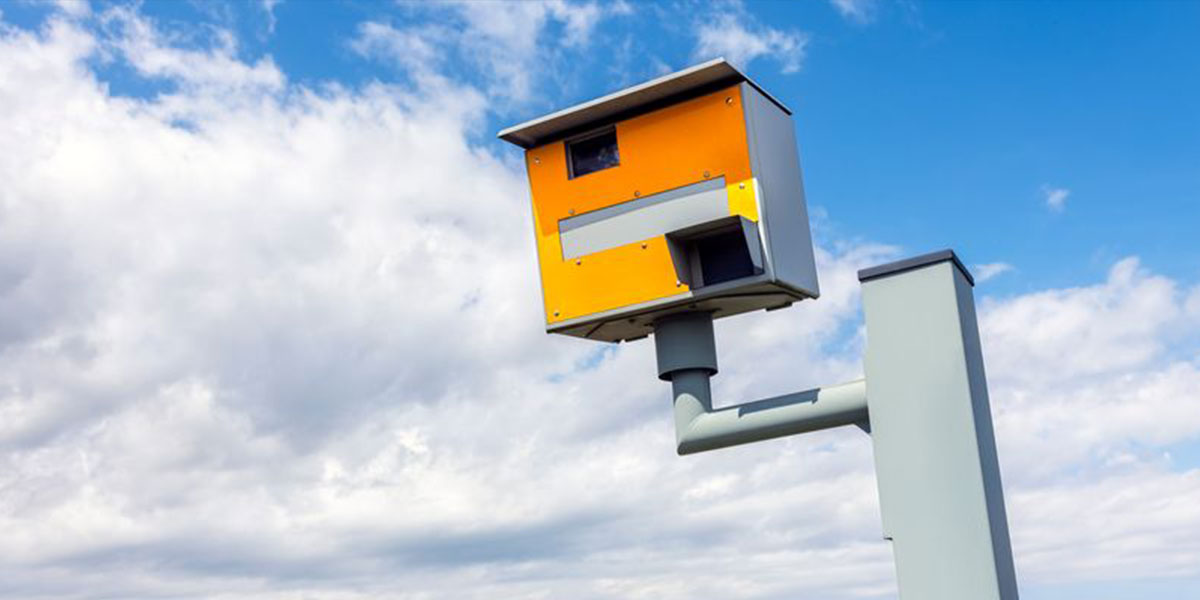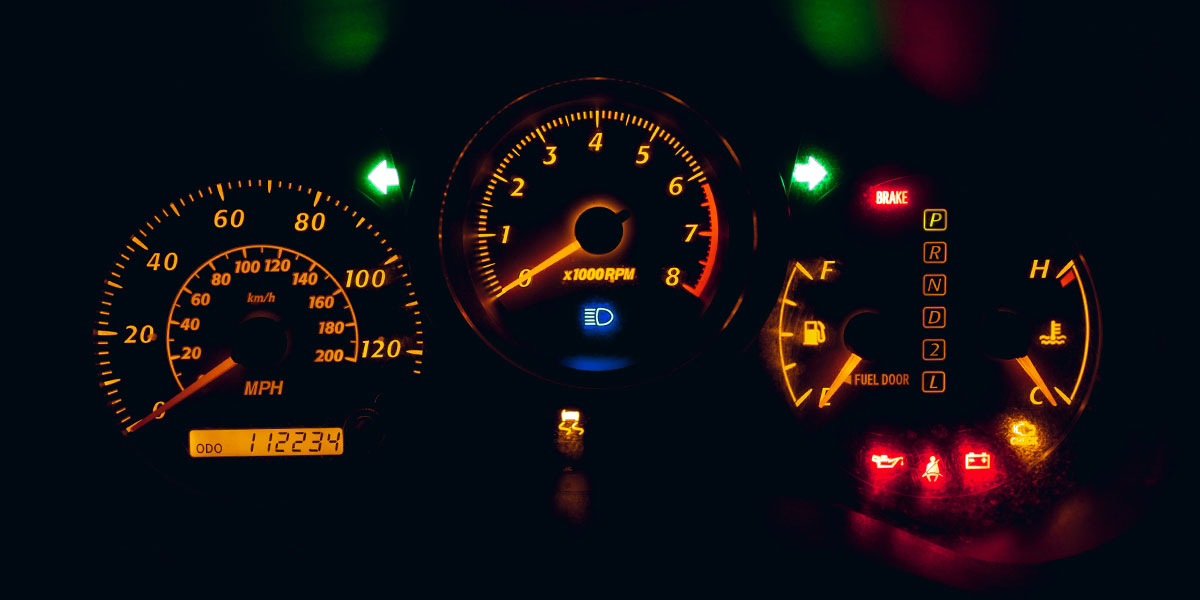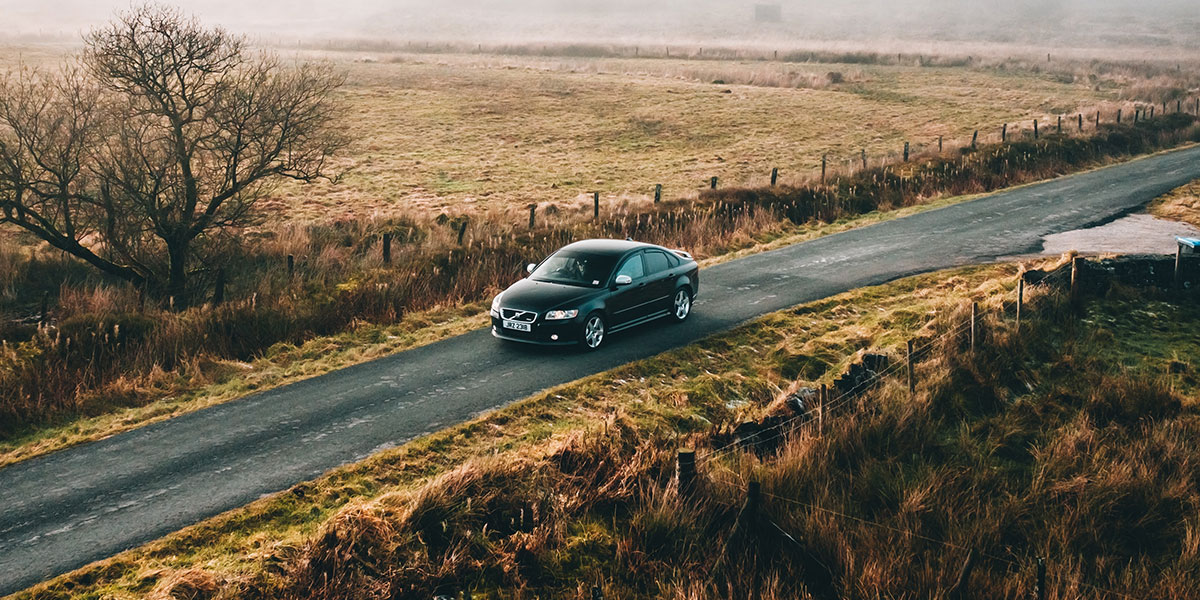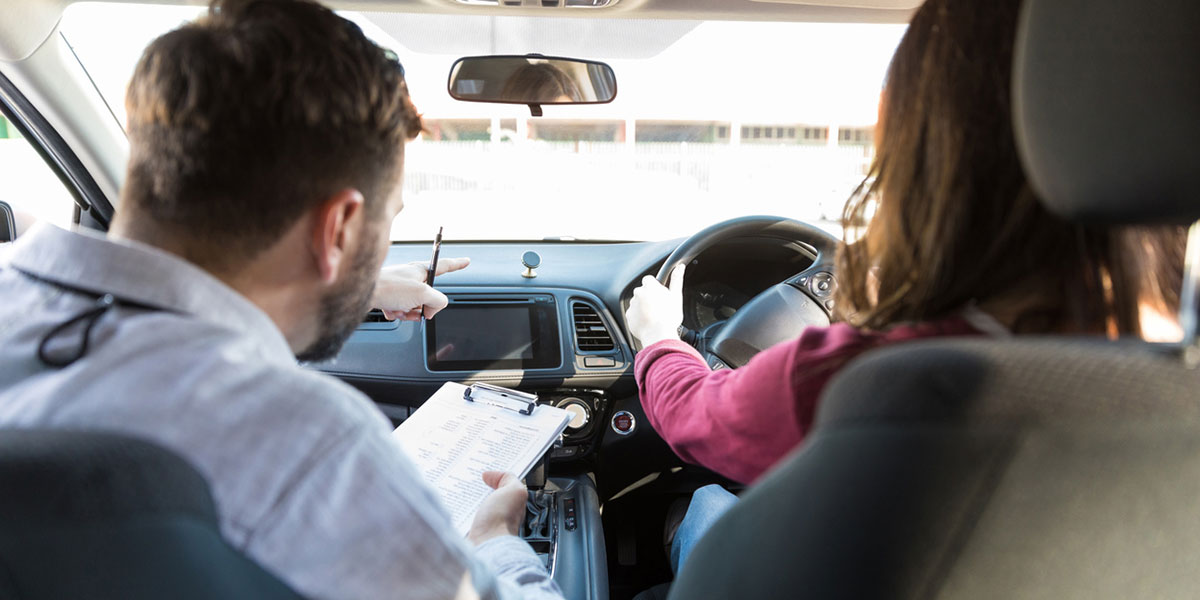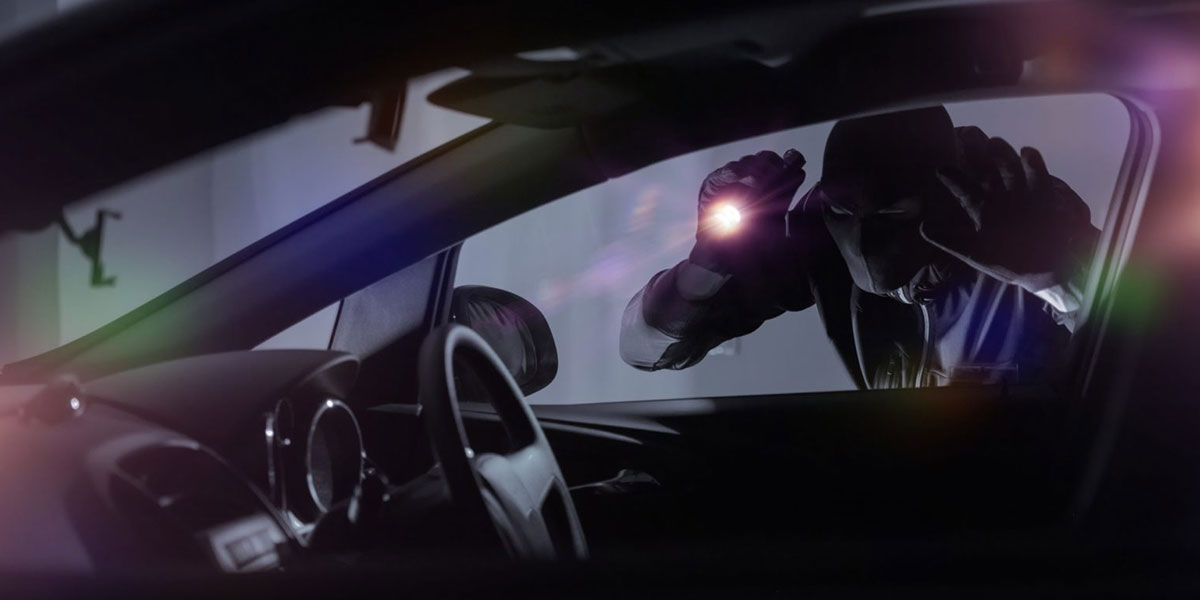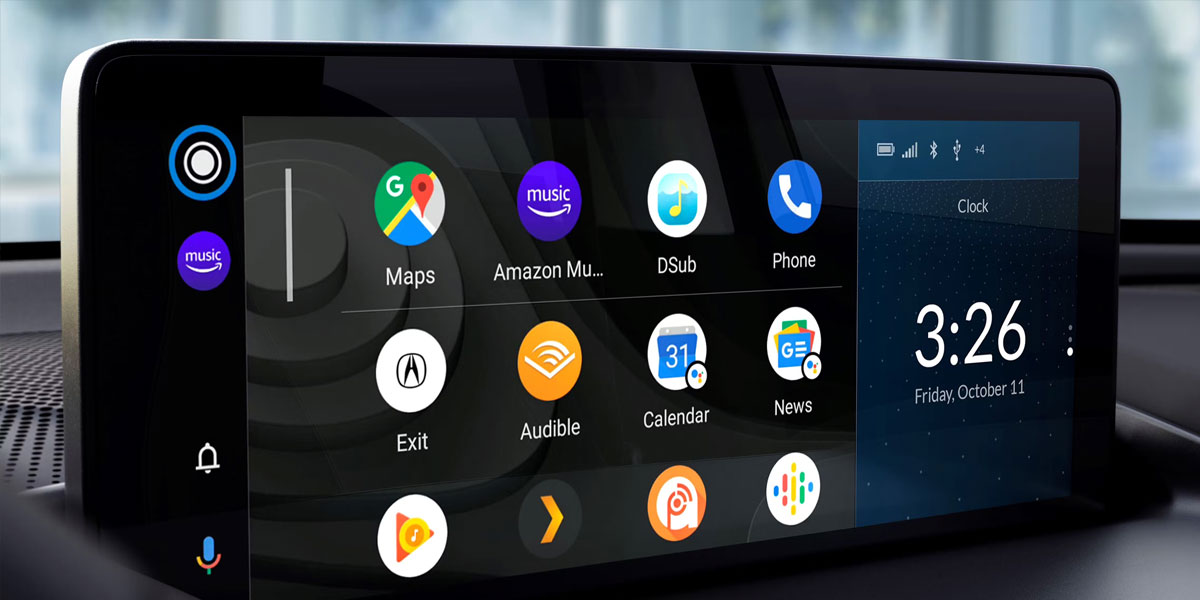From seatbelts and airbags through to technological safety features like lane assist and cruise control, today’s level of vehicular safety has been achieved through several key advancements.
One of the best known and most widespread safety features in cars are airbags. First developed in the USA in the 1950s, airbags became mainstays in Europe in the 1980s. They are now standard safety features in vehicles globally.
What are airbags and how do they work?
Airbags are inflatable bags that cushion the body of the driver and passenger(s) in the event of a crash.
Despite their name, airbags are actually filled with a chemical compound that reacts to high temperatures. This causes the bag to fill with air, preventing the driver and passenger from hitting the car’s hard surfaces (such as the dashboard and steering wheel), as well as each other.
Vehicles are fitted with collision sensors at various points. When a severe collision is sensed, these sensors release an ignition compound. This sparks a chemical reaction, causing the compound in the airbags (a mix of sodium and nitrogen) to react. The airbag then inflates. This process takes place in a matter of milliseconds.
Once the bags have been inflated, they then deflate immediately. This allows people to leave the car if possible, or for emergency services to access it. As high temperatures are generated during this process, some people may experience minor burns as a result of airbag inflation.
Why are airbags important?
Airbags provide a cushioning effect for the driver and passenger(s). They also reduce the speed at which the body may collide with the vehicle’s dashboard, steering wheel, and other passengers.
The US-based NHTSA (National Highway Traffic Safety Administration) reports that:
- From 1987 to 2017, 50,457 lives were saved by frontal airbags.
- Airbags in combination with seat belts reduced the risk of death in frontal crashes by 61%. This is compared to a 50% reduction for seatbelts alone, and 34% for airbags alone.
- As of 2012, 2,252 lives were saved by side airbags.
Where are airbags located?
The first airbags were located towards the front of the vehicle. They were fitted within the steering wheel and dashboard to protect both the driver and passenger from frontal collisions.
It’s worth knowing that American airbags tend to be larger and inflate faster. This is because they had traditionally been seen as a replacement safety feature for seatbelts, rather than as a feature working in tandem with seatbelts.
However, some vehicles may now have up to nine airbags, depending on the model and make. Alternative airbag locations include:
- Knee airbags – Designed to protect the driver and front passenger’s knees from hitting the dashboard.
- Foot airbags – Designed to reduce injuries to the lower legs and feet.
- Side airbags – Designed to reduce impact for side (lateral) collisions. There are also side torso airbags.
- Seatbelt airbags – Released from the seatbelt, across the shoulder and torso.
- Curtain airbags – Released from the roof sill downwards, to protect the head and neck.
- Centre airbags – Designed to prevent head contact between passengers and drivers, released between the front two seats during a lateral collision.
Do airbags have limitations?
Airbags reduce the damage caused by accidents – but they cannot prevent them. As mentioned above, other injuries (such as minor burns and scrapes) may be sustained as a result of airbag inflation. This is particularly the case for drivers wearing glasses, who may experience facial injuries as a result of airbag deployment.
Airbags should be used with other safety features, such as seatbelts, in order to ensure that all persons within the vehicle are as safe as possible. Airbags are designed to work for drivers and passengers in the correct sitting position. They may not work as effectively if, for example, a passenger is sat with their feet on the dashboard, or if there are objects on the dashboard that impede the airbag’s inflation.
Similarly, airbags are designed for adults. Children are at risk of injury if they are either unbelted or in rear-facing child safety seats in the front passenger seat of a vehicle. They should therefore always be in a car’s backseat if under thirteen years of age or 153cm height.
Upgrade your car and benefit from maximum safety
As technology and research improves, vehicle manufacturers are making cars safer than ever before. Contact us to gauge your car finance eligibility and learn how we can help you find a new vehicle that’ll have you feeling secure behind the wheel.
Rates from 9.9% APR. Representative APR 12.4%
Evolution Funding Ltd T/A My Car Credit
Require more help?
Got a question you can’t find the answer to, or need some advice and guidance around taking out car finance? Our Car Credit Specialists are friendly, experienced, and here to help so get in touch today!




